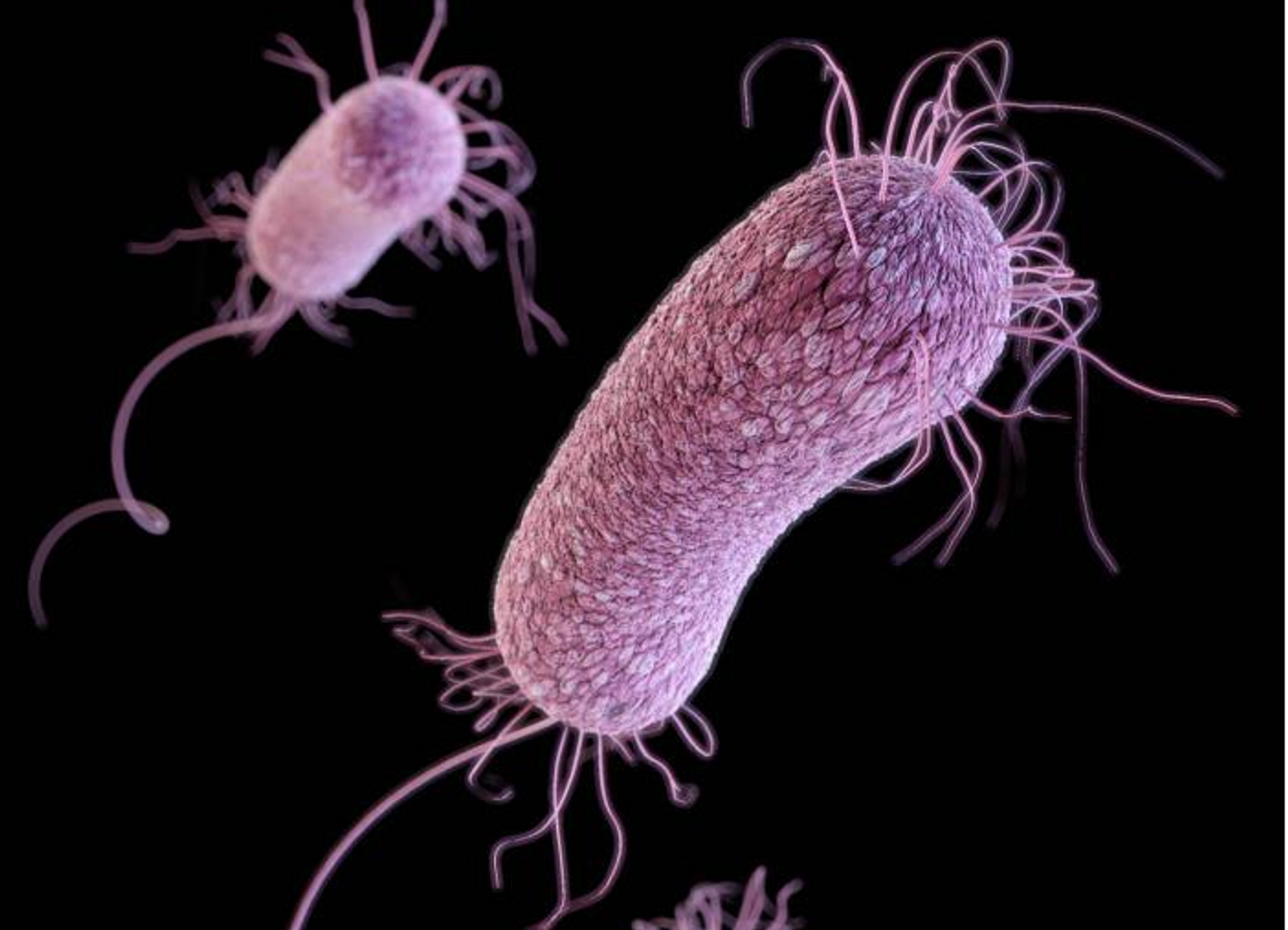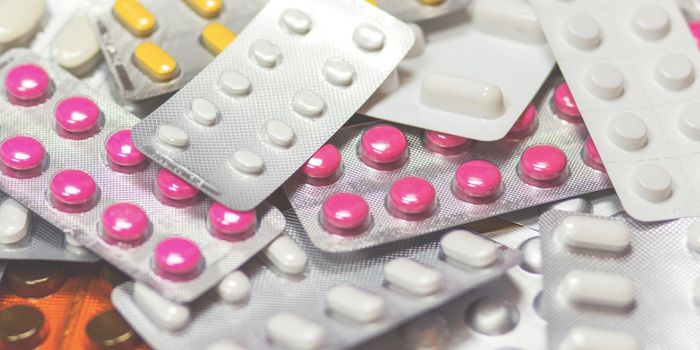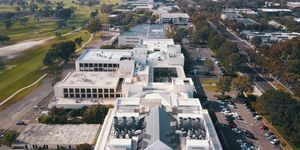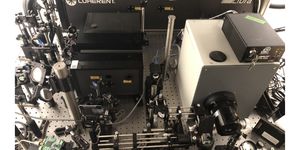A Killer Combo: Probiotics and Antibiotics
There are many players in the world of microbes; some can be beneficial to humans, others are incredibly harmful. As we face a growing problem in the form of pathogens that are resistant to drug treatments, researchers are looking for new tools to bring to the fight. Scientists at MIT were able to destroy two kinds of antibiotic-resistant microbes with a combination of those good microbes, or probiotics, and antibiotics. The probiotic was protected from the effects of the antibiotic with a shell of alginate, a biocompatible material. This work, which could help develop a healing material for dressing wounds, has been reported in the journal Advanced Materials.
"There are so many bacteria now that are resistant to antibiotics, which is a serious problem for human health. We think one way to treat them is by encapsulating a live probiotic and letting it do its job," said one of the senior authors, Ana Jaklenec, a research scientist at MIT's Koch Institute for Integrative Cancer Research.
The idea of applying probiotics to chronic wounds has been tested before, and in some burn cases, there have been successful outcomes, said lead study author Zhihao Li, a former MIT visiting scientist. The probiotic is not enough, however, to fight off all of the bacteria taking up residence in a wound infection. Using an antibiotic to kill them ends up destroying the probiotic as well.
The team decided to look for protective coatings that would protect the probiotic from antibiotics. The scientists knew that alginate is used in wound dressings already; it keeps the wound dry by absorbing secreted fluids. Alginate is also a part of biofilms, tenacious communities of microbes that form and can become impervious to antibiotics.
"We looked into the molecular components of biofilms and we found that for Pseudomonas infection, alginate is very important for its resistance against antibiotics," Li said. "However, so far no one has used this ability to protect good bacteria from antibiotics."
The video above explains what biofilms are and how they form.
The beneficial bacterium chosen for this work is known as Bio-K+, a commercially available probiotic comprised of three Lactobacillus strains that can kill methicillin-resistant Staphylococcus aureus (MRSA), a dangerous pathogen. How they do so is not yet known.
Along with an antibiotic called tobramycin, the encapsulated Bio-K+ was able to wipe out lab dishes of MRSA and Pseudomonas aeruginosa colonies, a microbe commonly found in wound infections."It was quite a drastic effect," Jaklenec noted. "It completely eradicated the bacteria."
When the same experiment was repeated with unshielded probiotics, the MRSA survived and the probiotics were killed. "When we just used one component, either antibiotics or probiotics, they couldn't eradicate all the pathogens. That's something which can be very important in clinical settings where you have wounds with different bacteria, and antibiotics are not enough to kill all the bacteria," Li noted.
"The good thing about alginate is it's FDA-approved, and the probiotic we use is approved as well," Li said. "I think probiotics can be something that may revolutionize wound treatment in the future. With our work, we have expanded the application possibilities of probiotics."
Sources: AAAS/Eurekalert! via MIT, Advanced Materials









